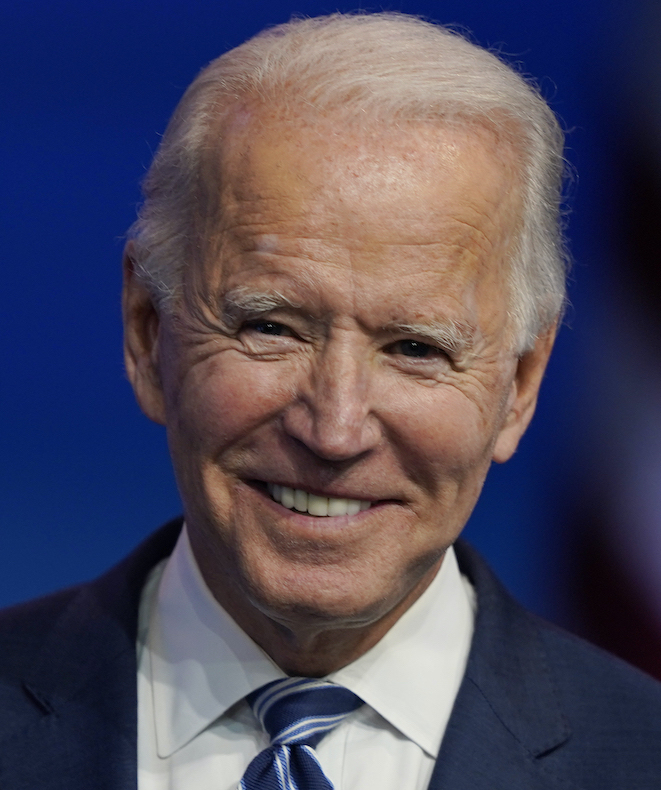Establish new fuel economy standards
Joe Biden
"Establish ambitious fuel economy standards that save consumers money and cut air pollution. Biden will negotiate fuel economy standards with workers and their unions, environmentalists, industry, and states that achieve new ambition by integrating the most recent advances in technology."
Biden Promise Tracker

Promise Kept

